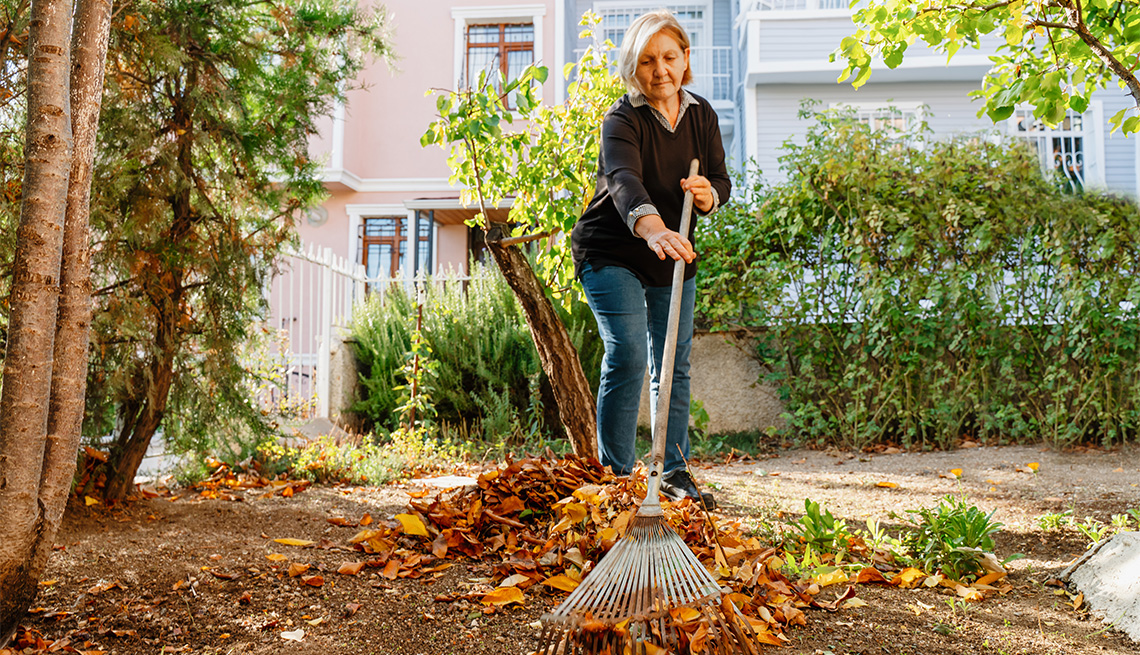
7 tips and tricks to make raking leaves easier
- Select a language for the TTS:
- UK English Female
- UK English Male
- US English Female
- US English Male
- Australian Female
- Australian Male
- Language selected: (auto detect) - EN
Play all audios:

THE RIGHT RAKE FOR THE JOB—AND YOUR BODY All rakes are not the same, says James White, an assistant manager and buyer at Merrifield Garden Centers in Fairfax, Virginia. “Be sure to size
the rake to your needs,” says White, who’s bought tools for garden centers for 22 years. He suggests taking into account your upper body strength, and shoulder and arm strength. While large
rakes with wider reaches might gather more leaves faster, they also “might cause undue stress and strain on your shoulders and back” if you’re raking a large area.Had the same rake for
decades? You might consider upgrading. White often recommends the American-made Flexrake, which has a lightweight, classic design. Or you can check out the recent design innovations. The
Ergieshovel rake, for example, has a D-grip handle that extends from the middle of its shaft, along with its end-handle grip. Using both can increase your leverage and may reduce strain on
the rest of your body. Its long-lasting steel tines will easily tackle turf grass, and it’s also lightweight. Other rakes might have anti-slip, padded grips that will make holding the
rake easier on your hands and wrists. Some rakes now have telescoping handles, like Jardineer’s adjustable rake with an expandable head (from 7 to 23 inches). You may even consider having
several raking tools for different situations. Homeowners often find narrower shrub rakes to be handy for reaching between shrubs or around utility boxes and air-conditioning units, where
leaves often accumulate.
